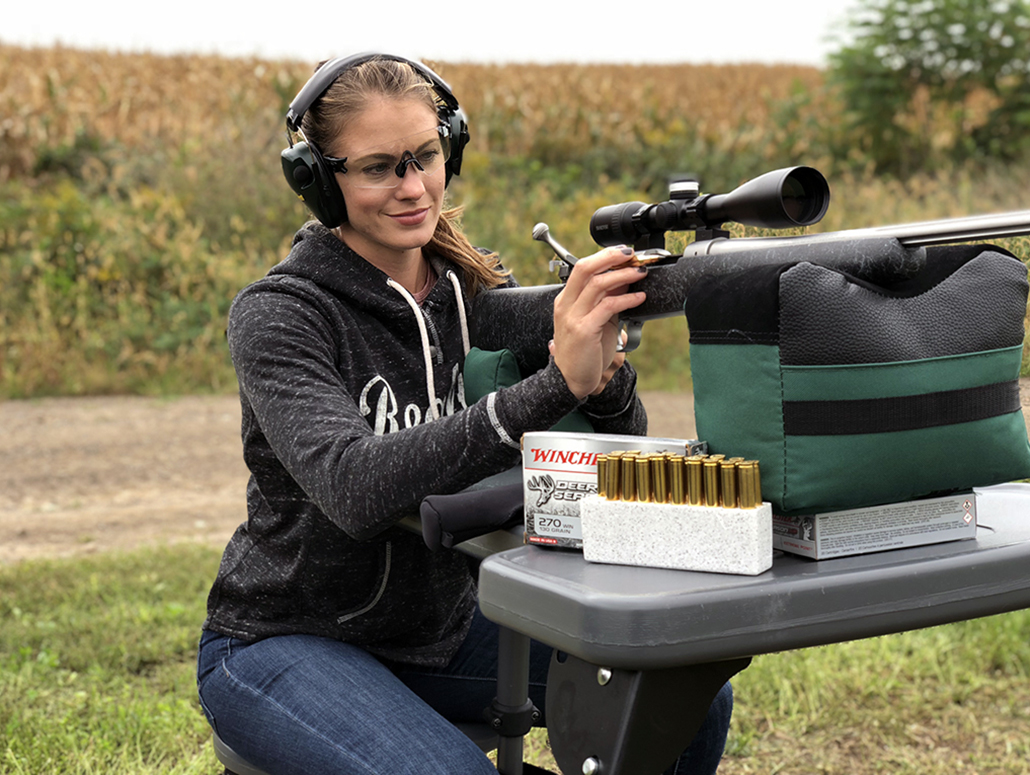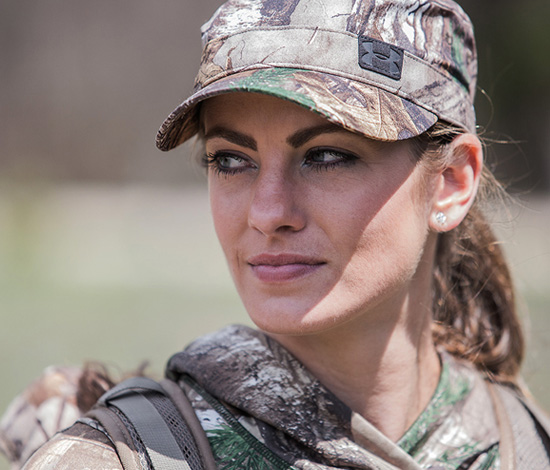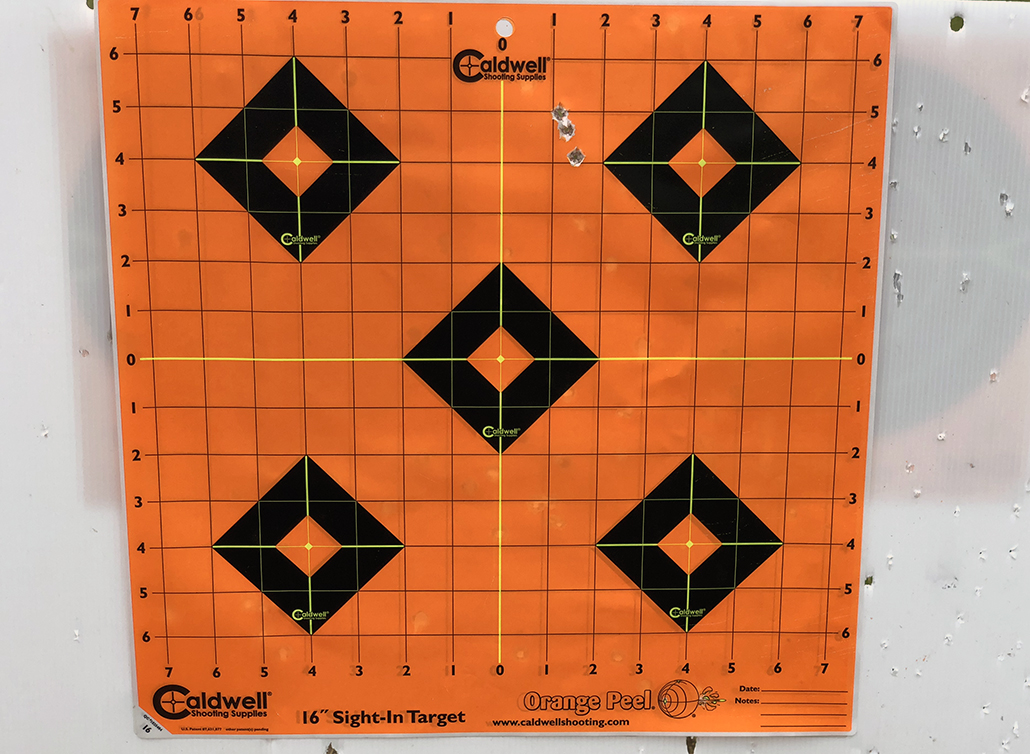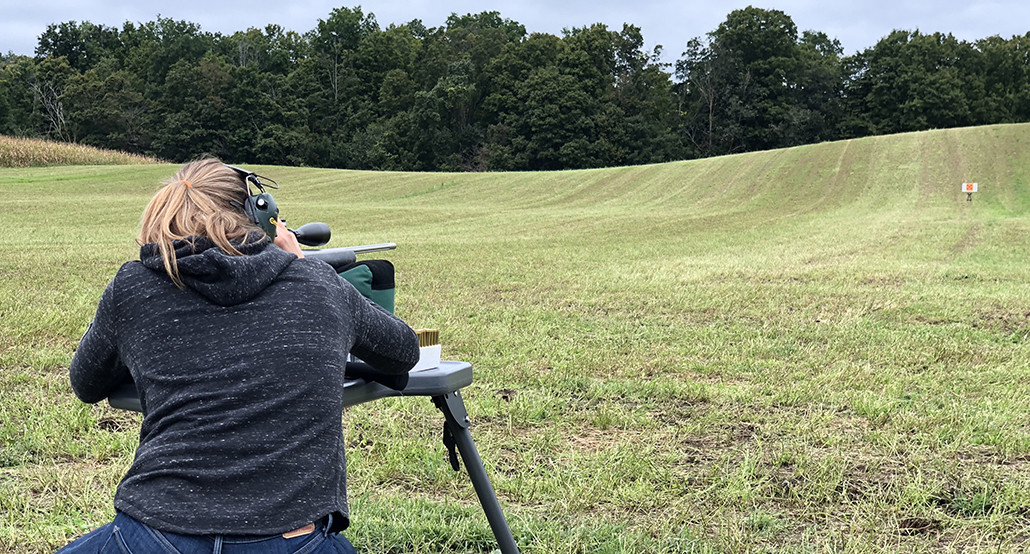How to Easily Sight-In a Gun With a Scope
Here are a few important steps to get you and your gun sighted in.
Whether you have a new gun, are changing the scope or have an old gun that hasn’t been shot in a while, it is important to head to the range before heading to the field so you can be sure to hit where you are aiming.
Mount the Scope:Once you have mounted the scope on the rifle, check to make sure that the rings and the scope are tightly mounted to the gun. There should be absolutely no movement. I’ve made this mistake before. I was sighting in my shotgun and thought I had the scope on tight as possible. I tried to wiggle it before heading out. After an hour of trying to sight it in, I realized that the scope was loose and that is why I wasn’t consist in my shots…talk about a waste of time and money!
Boresight the Scope:This means that you will want to get the bore and sight reticle in rough alignment. You can do this by securing the rifle onto a rest (I used a Caldwell Lead Sled) and removing the bolt of the rifle. While the bolt is removed, stand behind the gun and look down the bore at a target. You will want to center the target in the bore, then without moving the rifle, adjust the scope so the center of the reticle is on the same target. (The top turret adjusts the scope up and down, while the side turret adjusts the scope left and right.) This should get you close enough so that at 25 yards the rifle will be on paper.
You can also use a laser boresight that will make bore sighting a little quicker and more precise. Using a laser may be the only option for bore sighting if you have a semi-auto, lever, or pump-action
Get on Paper: Boresighting isn’t perfect. So, you still have some work to do before heading out to hunt. Start with a big, clean target and a stable rifle rest. I like to start at 25 yards as sometimes you can be way off! From there I then zero in at further distances. This will save you time, money and frustration. Remember that whichever ammunition you sight in at is the ammunition you should use to hunt because the point-of-impact may vary with different loads. Also, there many different types of targets you can use. However, I found grid targets to be extremely helpful as I can accurately measure the distance from the bullseye without having to walk to the target each and every time to measure.
Shooting Groups:When sighting in the rifle, it’s a good idea to shoot groups of at least 3 rounds, all aiming at the bullseye. Do NOT change the point of aim based on where the first hole is. Shooting at the same bullseye will give you a more accurate representation of your hold vs. impact allowing you to adjust more efficiently, it will also allow your scope to settle in after adjusting it.
MOA Adjustments: MOA stands for “minute of angle.” Most scopes have a 1/4” MOA adjustment. Which means that at 100 yards, 1 click will move the bullet ¼.” Keep in mind, that if you are shooting at 25 yards it will take you 4x the numbers of clicks (16 clicks = 1”, at 25 yards.)
Let the Barrel Cool:Every rifle barrel is different. However, it is important to let the barrel cool down between groups. Shooting a hot barrel could result in a different point of impact, leaving you frustrated and making adjustments that don’t need to be made.
Final Shot: After you have made all of the adjustments needed to get sighted in at the distance of your choice, let the barrel cool completely and then take one last shot. As we know when hunting it is the first shot that counts which means the shot out of a cold bore is the one that matters most.
These a just a few of the steps I run through when sighting in a rifle. What are some things that you have learned to do that helps you to sight in your gun? Let me know by commenting below and be sure to follow Winchester’s social media channels for more hunting and shooting tips and updates on Winchester supported events and promotions on Facebook, You Tube, Instagram and Twitter.






